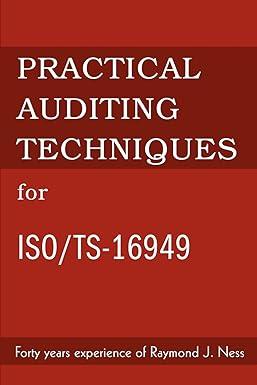Question
EEOC v. Walmart Cerebral Palsy limits Steven Bradleys use of his legs. He uses forearm crutches for short-distance walks and a wheelchair for longer distances.
EEOC v. Walmart
Cerebral Palsy limits Steven Bradleys use of his legs. He uses forearm crutches for short-distance walks and a wheelchair for longer distances. Standing for more than ten or fifteen minutes is difficult. With support, however, Bradley can climb stairs and get on and off a stool. His condition also restricts the use of his fourth finger to, for example, type, but it does not limit his ability to write he completed two years of college. His grip strength is normal and he can lift heavy objects.
In 2001, Bradley applied for a greeter or cashier position at a Wal-Mart Stores, Inc., Supercenter in Richmond, Missouri. The job description stated, No experience or qualification is required. Bradley indicated that he was available for full or part-time work from 4:00 pm to 10:00 pm any evenings.
His employment history showed that he currently worked as a proofreader and that he had previously worked as an administrator. His application was rejected, according to Janet Daugherty, the personnel manager, based on his work history and the direct threat that he posed to the safety of himself and others. Bradley claims, however, that the store refused to hire him due to his disability. EEOC v. Walmart Store Inc., 477 F.3d 561
What steps must Bradley follow to pursue his claim?
What does he need to show to prevail?
Is he likely to meet these requirements?
Step by Step Solution
There are 3 Steps involved in it
Step: 1

Get Instant Access to Expert-Tailored Solutions
See step-by-step solutions with expert insights and AI powered tools for academic success
Step: 2

Step: 3

Ace Your Homework with AI
Get the answers you need in no time with our AI-driven, step-by-step assistance
Get Started


